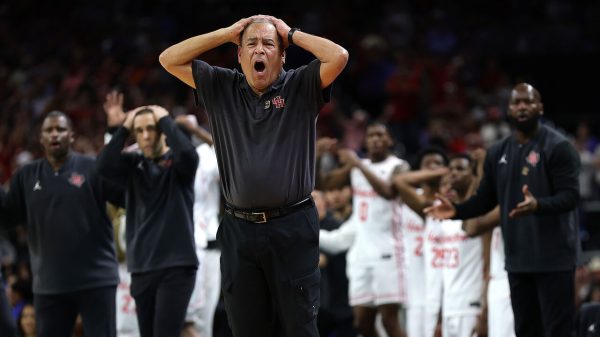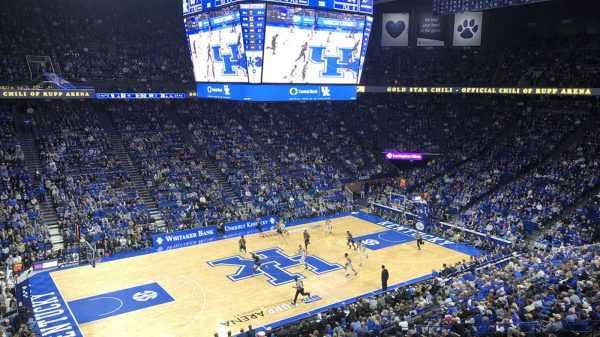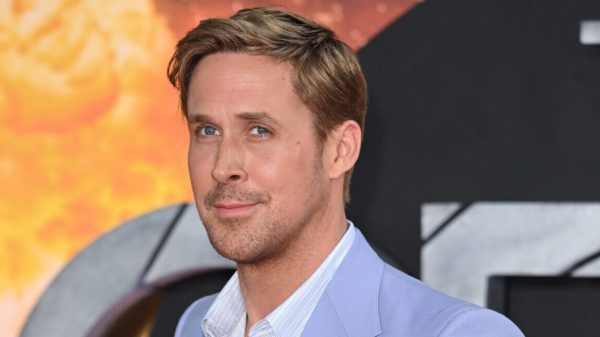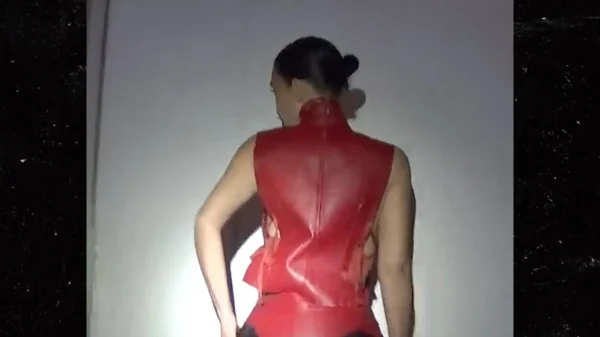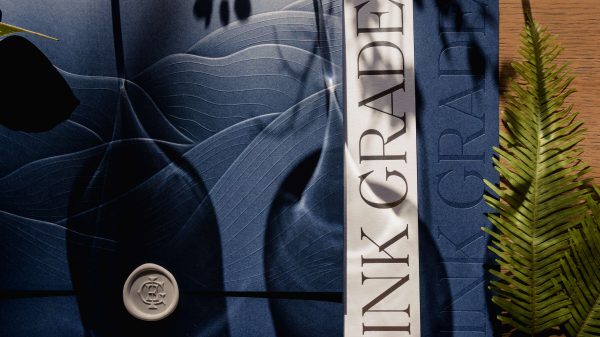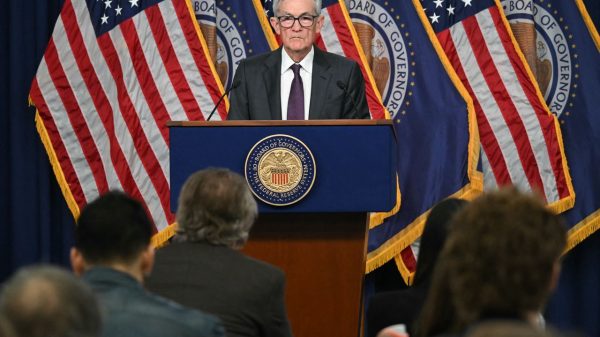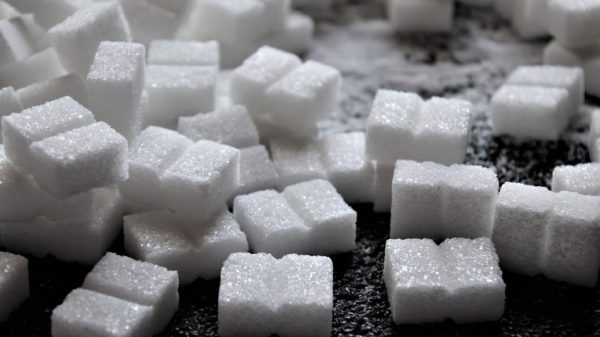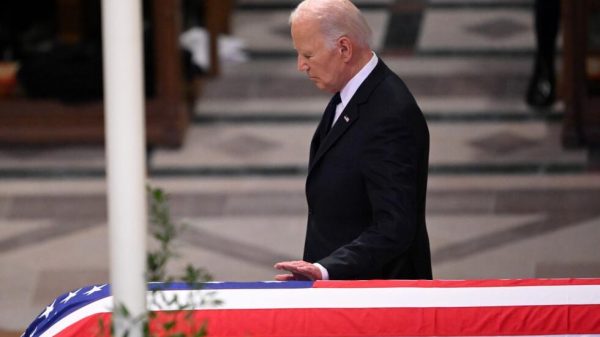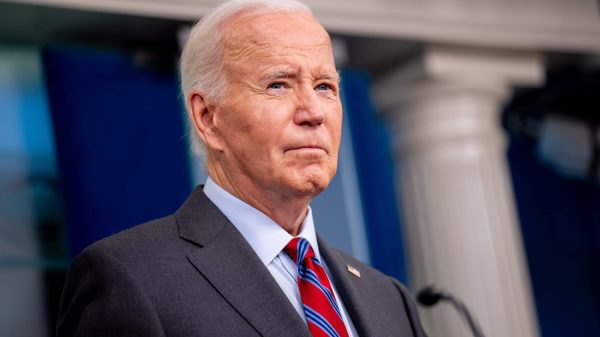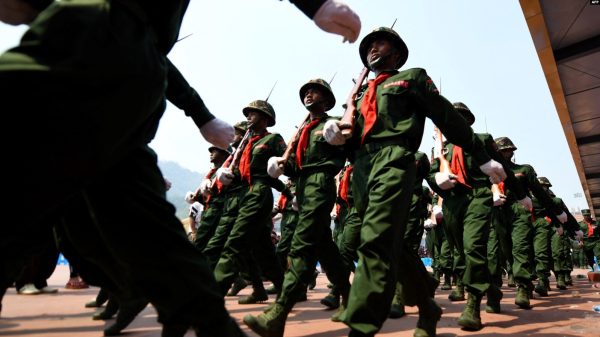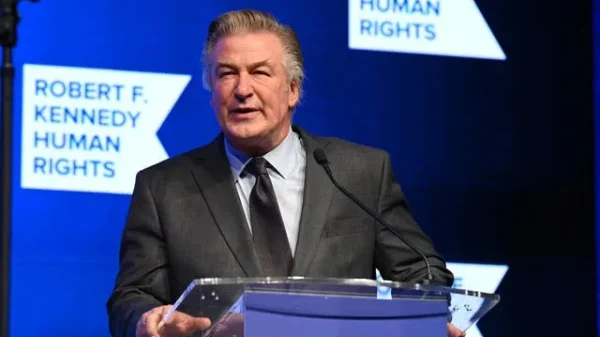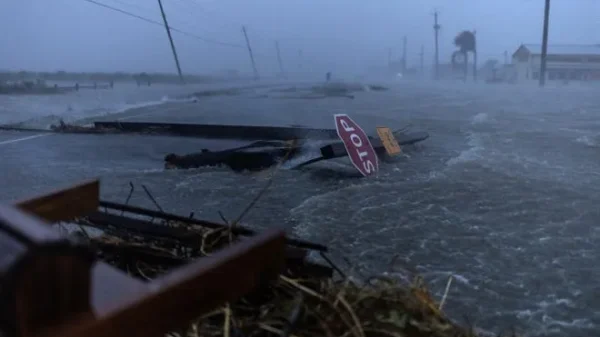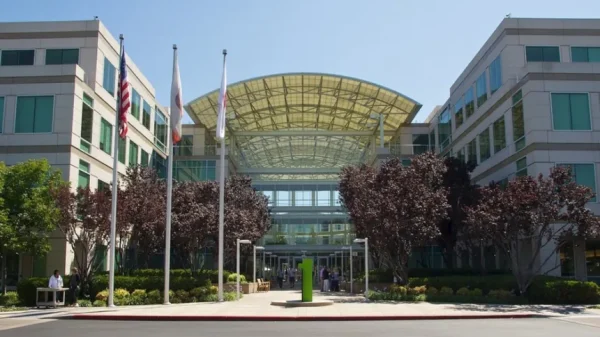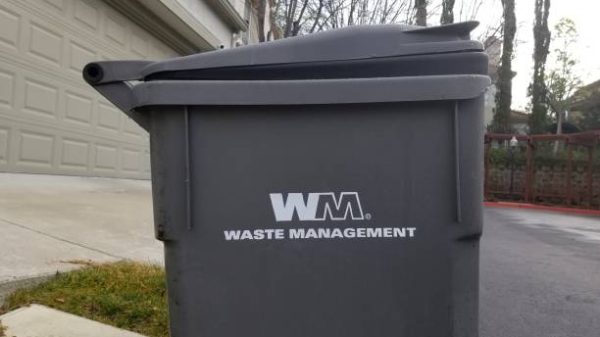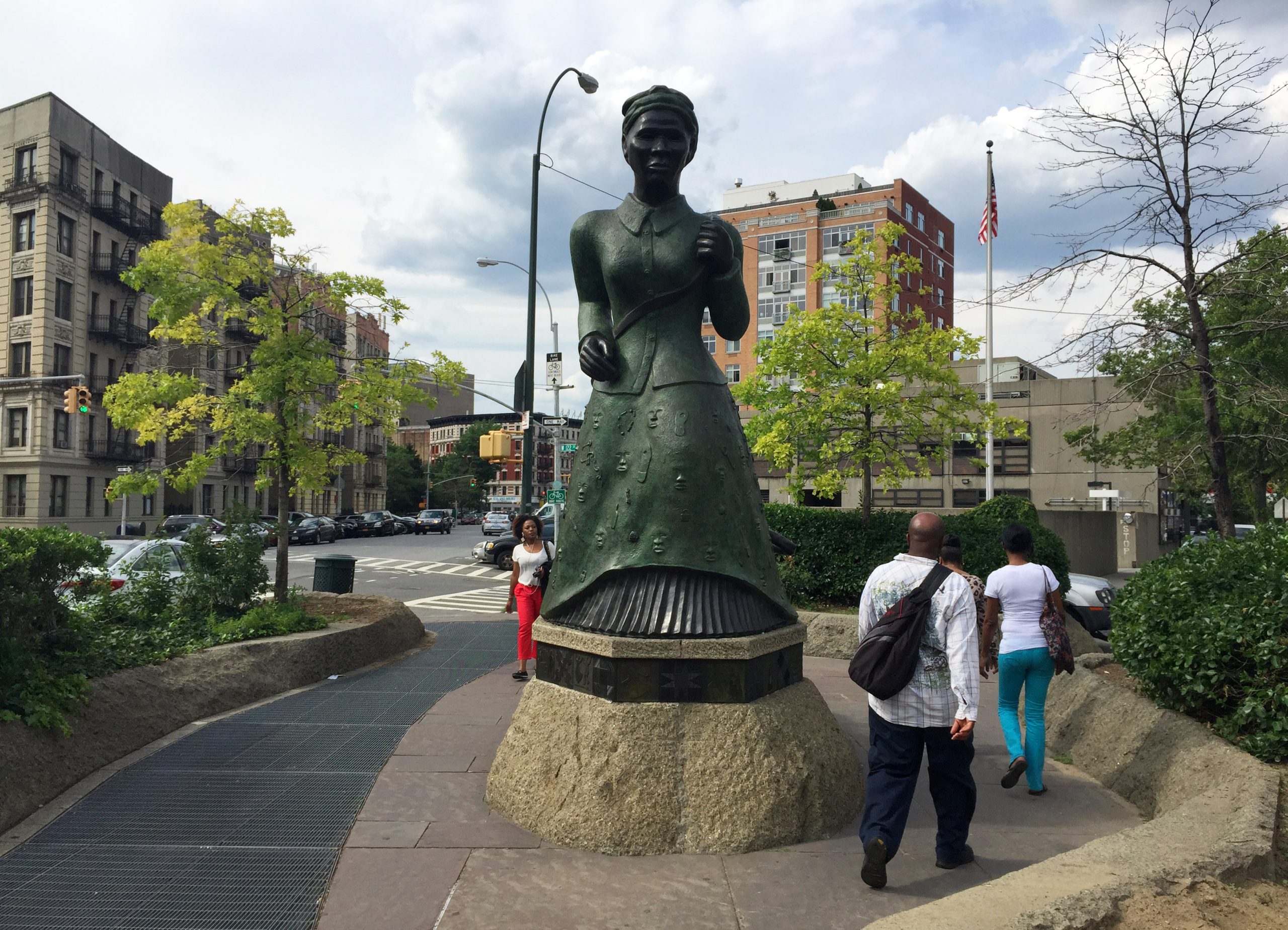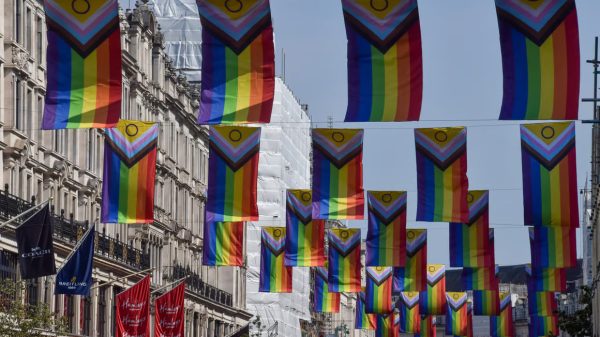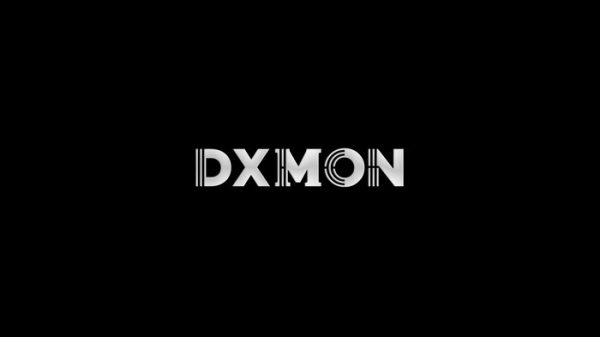Governor Kathy Hochul’s deep admiration for Harriet Tubman is driving an initiative to place a statue of the 19th-century abolitionist in the U.S. Capitol.
The effort to install Tubman’s marble statue in Statuary Hall is gaining support from both the New York State Senate and Assembly. The plan, backed by the governor, aims to replace the statue of founding father Robert Livingston.
Statuary Hall houses 100 statues, with each state contributing two. If the proposal moves forward, it will mark the first change to one of New York’s statues since the 1870s when the likenesses of Livingston and George Clinton were sent to Washington.
Hochul has long been an enthusiastic supporter of Tubman’s legacy. Speaking to a group of elementary school students last year, she recalled how her fascination with the Underground Railroad leader began in childhood.
“When I was in third grade, I had this one favorite book. It was called ‘The Story of Harriet Tubman,’” Hochul said. “It was a book I used to check out of the library all the time. I didn’t own it.
I checked it out so much, the librarian one day said, ‘Why don’t you just keep it?’ And what I’d do is, late at night, my parents said, ‘Turn the lights out,’ it was dark in my room, I crept out of bed and I’d go grab that book. And I read it over and over and over because I could not get over how courageous she was.”
Since 2003, 17 statues have been removed from Statuary Hall, most of them depicting Confederate figures or their supporters.
In recent years, House Democrats have twice passed legislation to prohibit such statues, though the Senate has yet to approve it. However, other statue removals have succeeded, including a Republican-led effort in North Carolina to replace segregationist Charles Brantley Aycock with evangelist Billy Graham in 2023.
Since becoming lieutenant governor a decade ago, Hochul has visited Tubman’s historic home in Auburn at least four times. In 2022, she honored Tubman by renaming one of New York’s Erie Canal boats after her.
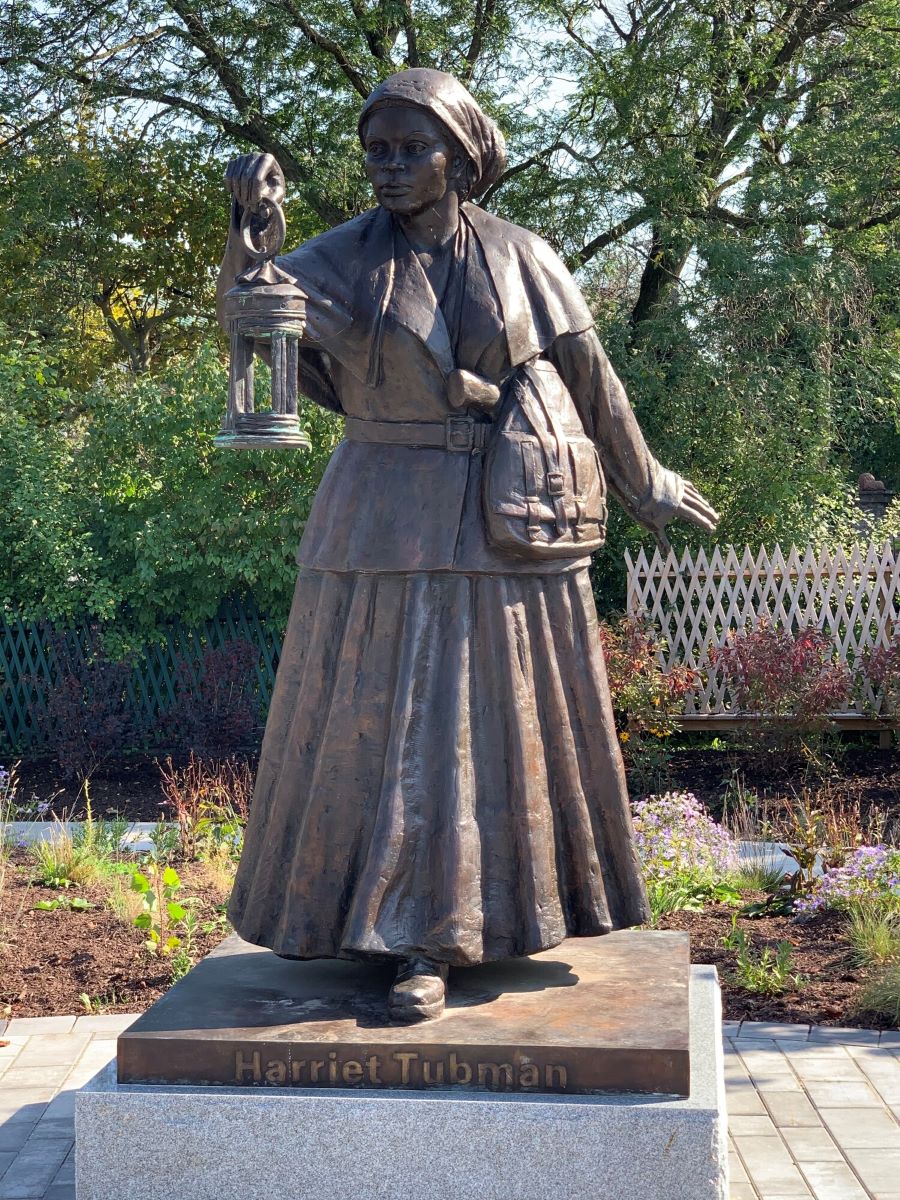
Harriet Tubman Statue
The following year, she announced a $400,000 state investment for a Tubman statue in Binghamton, which is set to be revealed this Friday.
Livingston served as New York’s first chancellor for 24 years, a position that gave him judicial authority and some responsibilities now held by the governor.
He also became the first American official in a role that later evolved into secretary of state. Additionally, he served as Thomas Jefferson’s ambassador to France, where he played a crucial role in negotiating the Louisiana Purchase.
Despite his accomplishments, Livingston’s legacy has been overshadowed by the fact that he owned more than a dozen slaves.
Even in the 1870s, Livingston was not a universally agreed-upon choice for a statue. When the Legislature debated the selections in 1872, steamboat inventor Robert Fulton was initially considered the leading candidate to join George Clinton in representing New York.
Hochul’s proposal was included in her budget and has since been incorporated into both chambers’ one-house budget bills.
The plan would establish a five-member commission to oversee the selection of a Tubman statue. Once chosen, the governor would collaborate with the Architect of the Capitol to finalize the placement.
State Senator Jamaal Bailey, who is sponsoring a bill to make Harriet Tubman Day a state holiday, emphasized the significance of honoring Tubman in the Capitol.
“One of the architects of the Underground Railroad, one of the folks who has redefined who we are as a human,” Bailey said, explaining why Tubman deserves the recognition.
“From a human perspective, not just a Black perspective — and I think it’s great, as a Black person in New York state, for her to have this recognition — I think it’s very important for us to do,” he added.
Even if Livingston’s statue is removed from Washington, his likeness will remain in New York. Two exact replicas were created when the statue was completed in 1875, and one still stands prominently at the western end of the state Senate’s lobby in New York’s Capitol building.








